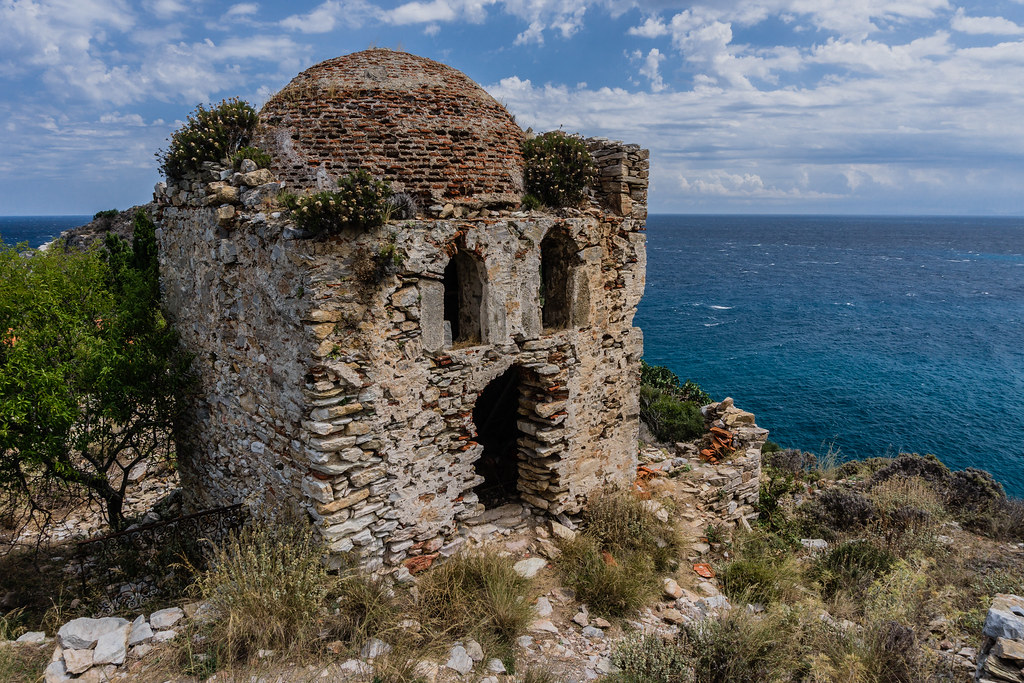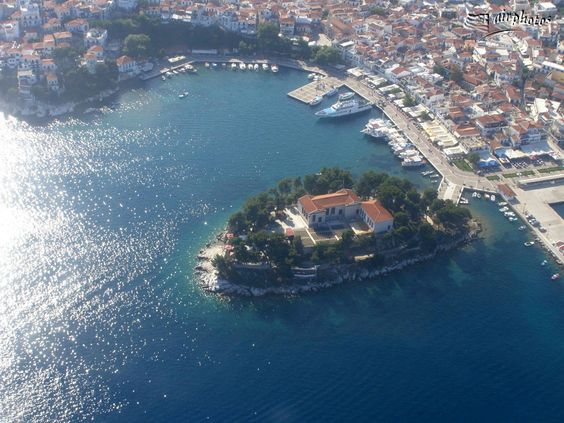
The History of Skiathos: A Journey Through Time
Skiathos, the jewel of the Sporades islands, boasts not only stunning natural beauty but also a rich and fascinating history. From ancient civilizations to its role in Greek independence and its modern-day allure, Skiathos has been shaped by a diverse tapestry of events and cultures. This article delves into the captivating history of Skiathos, exploring its evolution through the ages.
The Ancient History of Skiathos
The history of Skiathos begins in prehistoric times, with evidence suggesting early habitation by the Pelasgians. By the 8th century BC, the island was settled by people from Chalcis in Euboea, who established a fortified town. Skiathos played a notable role in the Persian Wars in the 5th century BC, providing support to the Athenian fleet. According to the writings of Herodotus, Skiathos served as a crucial observation point for the Greek forces, using fire signals to warn of approaching Persian ships.
Subsequently, Skiathos became a member of the Delian League, an alliance of Greek city-states led by Athens. During this period, the island flourished, benefiting from increased trade and cultural exchange. However, Skiathos also experienced periods of conflict and domination, falling under the control of various powers, including the Spartans and the Macedonians. In 146 BC, Skiathos, along with the rest of Greece, came under Roman rule. The Romans allowed the island some autonomy, and it experienced a period of relative peace and prosperity.
Medieval Skiathos

The medieval period in Skiathos was marked by significant changes and challenges. With the rise of Christianity, the island became part of the Byzantine Empire. During this time, several churches and monasteries were built, reflecting the growing influence of Christianity. However, Skiathos, like many Aegean islands, faced increasing threats from pirate raids, particularly from the Saracens. These raids led to significant disruption and hardship for the island’s inhabitants.
In the 13th century, Skiathos came under the rule of the Venetians. The Ghisi brothers, Venetian rulers, established a fortress on the Bourtzi peninsula, which became an important defensive structure. The Bourtzi offered protection against pirates and other invaders, though the island continued to be vulnerable to attacks. The Venetian rule on Skiathos lasted for several centuries, during which the island’s culture and architecture were influenced by Venetian traditions. In the 16th century, the Ottoman Empire gained control of Skiathos. Ottoman rule brought new challenges, including increased taxation and restrictions on the island’s autonomy.
Recent History

Skiathos played a significant role in the Greek War of Independence in the early 19th century. The island’s strategic location and its shipbuilding traditions made it a valuable base for Greek revolutionary forces. Many Skiathians participated in the struggle for independence, and the island provided refuge for freedom fighters. After the war, Skiathos, along with the other Sporades islands, became part of the newly established Greek state.
In the 20th century, Skiathos experienced significant changes. During World War II, the island suffered damage from German bombings. However, after the war, Skiathos began to develop its tourism industry. The island’s natural beauty, stunning beaches, and vibrant culture attracted visitors from around the world. Today, Skiathos is a popular tourist destination, known for its cosmopolitan atmosphere, lively nightlife, and beautiful scenery. Despite its development, Skiathos has managed to preserve much of its traditional charm and rich history, which continues to captivate visitors.
